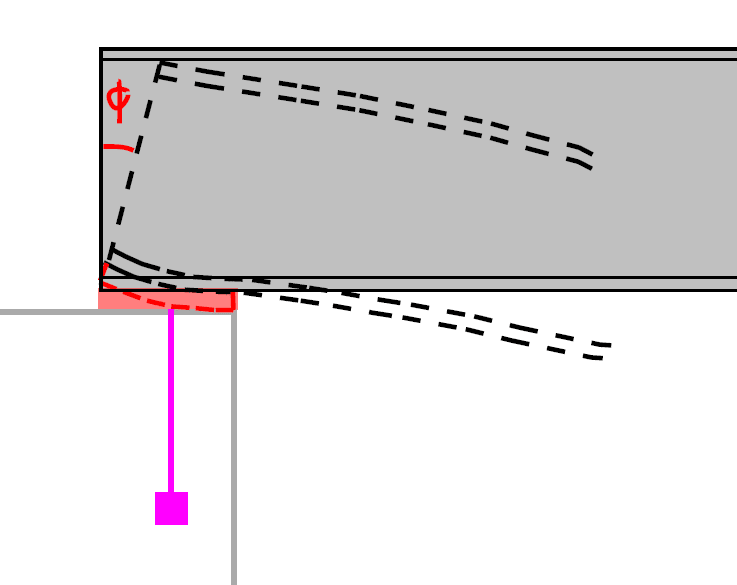Veer007
Civil/Environmental
- Sep 7, 2016
- 379
Hey guys,
I have a case where beam W690X192 bearing on cast in plate at both ends, which has 6000mm(unbraced length) span with 1550kN.m moment force per beam selection table if I go with full moment capacity of beam.
Can I divide this 1550/2 as this supported on both end? So that I have 775kN.m
Is this fine?
Thanks in advance!!
I have a case where beam W690X192 bearing on cast in plate at both ends, which has 6000mm(unbraced length) span with 1550kN.m moment force per beam selection table if I go with full moment capacity of beam.
Can I divide this 1550/2 as this supported on both end? So that I have 775kN.m
Is this fine?
Thanks in advance!!




